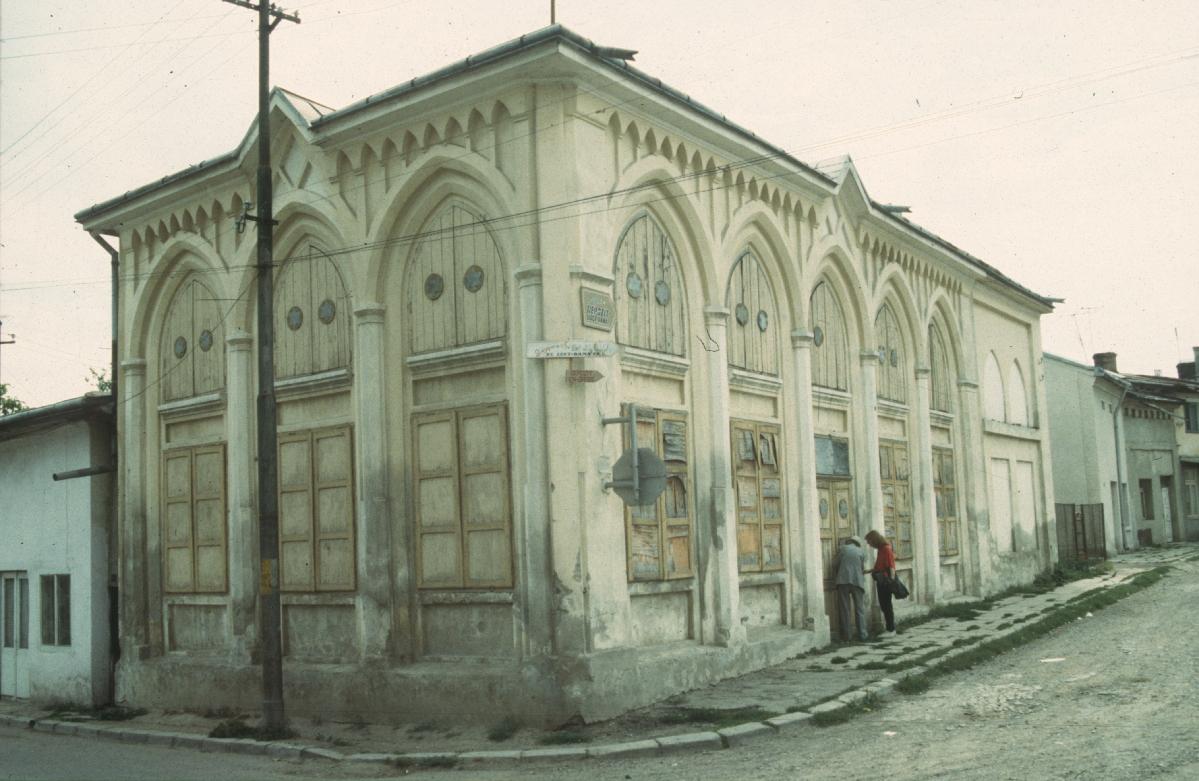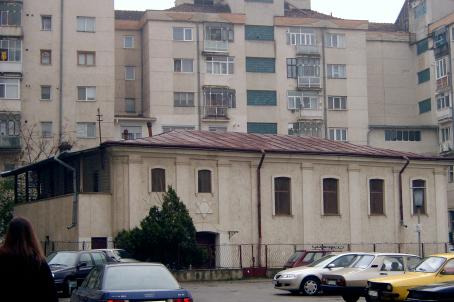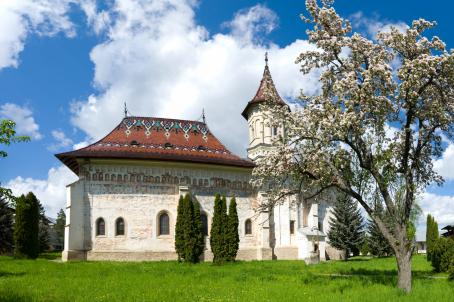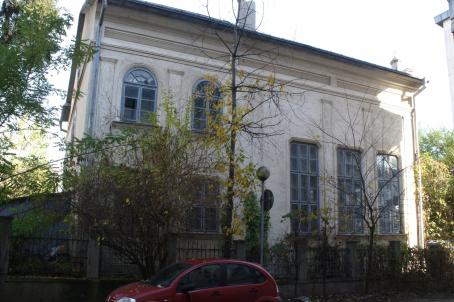Yiddishe Shul in Botoşani
The Yiddishe Shul (Temple at the New Market Place) in Botoşani is an Ashkenazi synagogue that was built in the 20th century. This Neo-Gothic brick building is now abandoned.
About this building
For more information visit on this building visit http://historicsynagogueseurope.org/browser.php?mode=set&id=15920






